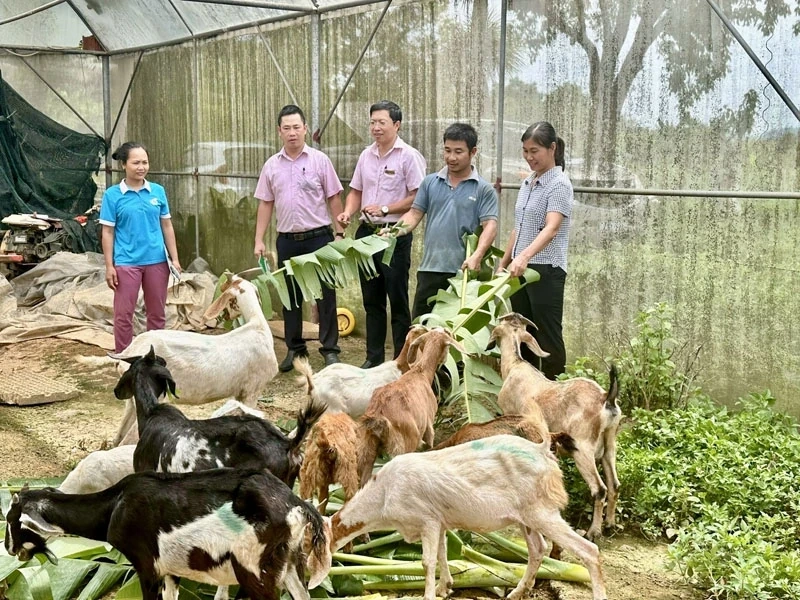
Thanks to the job creation loan from the Social Policy Bank, Mr. Le Viet Thang's family in Ha Long commune has developed a goat farming model that brings in a stable income.
Right from the beginning of the 2021-2025 period, Project 2 "Diversifying livelihoods and developing poverty reduction models" under the National Target Program on GNBV for the 2021-2025 period was assigned a total budget of 300 billion 643 million VND by the Central Government. On that basis, the Provincial People's Council and People's Committee allocated 100% of the capital to units and localities for implementation.
Not only relying on the budget, the project also mobilized the participation of capital contributions from households with a total of 125 billion 768 million VND. This demonstrates the community spirit, proactiveness and companionship of the people in the poverty reduction process. This participation not only enhances the responsibility of households but also ensures sustainability when the models come into operation.
During this period, the province has implemented 606 models and projects. Of these, 22 projects support the development of value-chain-linked production and 584 projects support the development of community production. The models mainly focus on livestock - a familiar field, easy to apply, close to rural life. Specifically, there are up to 583 projects on raising buffalo, cow, goat, pig, chicken, duck, and cage fish. In addition, the province also implemented 21 crop projects, mainly medicinal plants, fruit trees and 2 forestry projects.
The highlight is the large number of households benefiting, up to 18,005 households. Of which, 6,307 are poor households, 344 households have disabled people, 5,895 are near-poor households, 5,213 have just escaped poverty and 1,272 other households. In particular, 6,675 households are ethnic minorities and 4,530 households are headed by women. These are disadvantaged and vulnerable groups in social life, participating in the project helps them have conditions to develop the economy , enhance their status and improve their quality of life.
After more than 3 years of implementation, Project 2 has recorded many encouraging results. Regarding disbursement progress, the province has disbursed 202 billion 852 million VND to date, reaching 67.47% of the capital plan. This figure reflects great efforts in the context of many changes in administrative procedures and management mechanisms, requiring perseverance and flexibility.
More importantly, livelihood models have proven their practical effectiveness. In many localities, raising cattle, goats, chickens, ducks or raising fish in cages has brought stable income, helping thousands of poor households gradually improve their lives. Models of growing medicinal plants and fruit trees not only increase income, but also open up new directions for sustainable agricultural production. With 22 value chain linkage projects, agricultural products are gradually linked to the market, gradually reducing the situation of "good harvest, low price", contributing to stabilizing output.
In particular, poor households, near-poor households, households that have just escaped poverty or women-headed households are all given the opportunity to access the model. Many women who were previously confined to housework have now boldly organized production, becoming the economic pillars of their families. Ethnic minorities, groups that often face difficulties in accessing policies, have also had many opportunities to improve their livelihoods.
In addition, the project also creates a ripple effect, encouraging solidarity in the community. When a household successfully applies a livestock or crop model, other households also learn and follow suit. Thanks to that, many rural areas have formed small production clusters, gradually linking and supporting each other to develop.
Despite achieving many positive results, Project 2 still faces many difficulties. First of all, the system of documents guiding the implementation of the program is still slow and lacks uniformity, causing confusion among sectors and localities. It was not until mid-2023 that the Government issued Decree No. 38/2023/ND-CP and the Ministry of Finance issued Circular No. 55/2023/TT-BTC, thereby removing many obstacles in management, payment and settlement of expenses. In addition, the poor and near-poor are mostly the elderly, children, people who are no longer able to work or are receiving social benefits, so they do not need to participate in the project. People of working age mainly work as workers in industrial parks, leading to a lack of workforce participating in local livelihood models.
To overcome difficulties and improve efficiency, relevant departments and branches continue to strengthen propaganda and mobilization work so that people understand the benefits of livelihood models. For groups of people who are no longer able to work, it is necessary to link livelihood models with other social security programs such as supporting on-site employment, vocational training for children in the family, or creating conditions for access to basic social services. At the same time, actively encourage production linkages along value chains, replicating models linked to the market. Instead of only supporting small-scale breeds, livestock, and crops, it is necessary to focus on building cooperatives and cooperative groups to ensure stable output. At the same time, focus on applying science and technology in livestock and crop farming to increase productivity, reduce costs, and protect the environment.
Another important solution is to encourage the participation of women and ethnic minorities. This is a vulnerable group, but also full of potential if given the opportunity. Training and coaching programs need to be designed appropriately, easy to understand, and close to them, helping them confidently take charge of their livelihoods. In addition, the diversification of financial resources also needs attention. In addition to the budget and capital mobilized from households, the province can call for the participation of businesses and social organizations in investing and consuming products. The public-private partnership will help the model be more sustainable, avoiding complete dependence on the budget.
Project 2 within the framework of the National Target Program on GNBV has brought practical results to tens of thousands of households in the province. Livelihood models from livestock, cultivation to value chain linkage have contributed to changing the face of rural areas, increasing income and GNBV. Despite many difficulties, with the efforts of the entire political system, the support of the community and the initiative of the people, poverty reduction work in Thanh Hoa promises to achieve more positive results in the coming period, contributing to the goal of "leaving no one behind".
Article and photos: Tran Hang
Source: https://baothanhhoa.vn/giam-ngheo-ben-vung-tu-nhung-mo-hinh-sinh-ke-268666.htm


![[Photo] Unique art of painting Tuong masks](https://vphoto.vietnam.vn/thumb/1200x675/vietnam/resource/IMAGE/2025/11/14/1763094089301_ndo_br_1-jpg.webp)




![[Photo] Unique architecture of the deepest metro station in France](https://vphoto.vietnam.vn/thumb/1200x675/vietnam/resource/IMAGE/2025/11/14/1763107592365_ga-sau-nhat-nuoc-phap-duy-1-6403-jpg.webp)
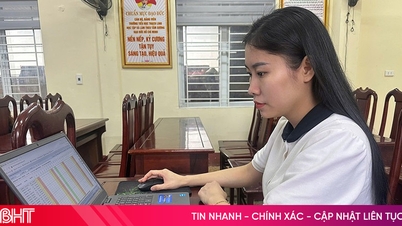


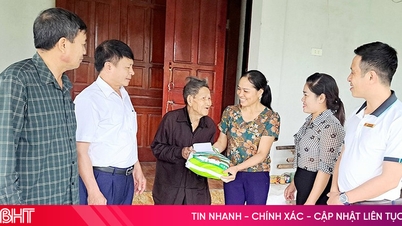


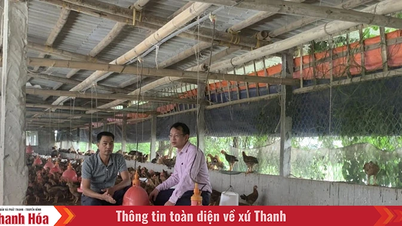






![[E-Magazine]: Fragrant with the season of cool breeze and dew](https://vphoto.vietnam.vn/thumb/402x226/vietnam/resource/IMAGE/2025/11/14/1763127112190_e-magazine-thom-w1200t0-di2545d199d5153515t11920l1-11-2-thom-125.webp)
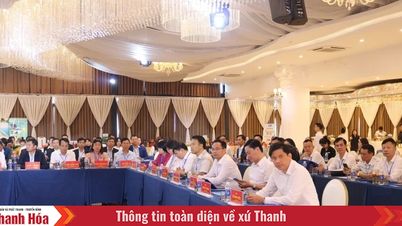


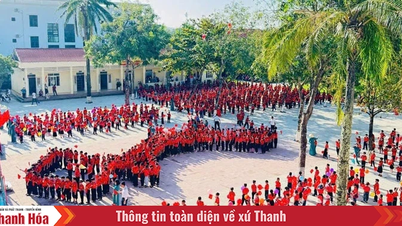
![[Photo] Special class in Tra Linh](https://vphoto.vietnam.vn/thumb/1200x675/vietnam/resource/IMAGE/2025/11/14/1763078485441_ndo_br_lop-hoc-7-jpg.webp)



















































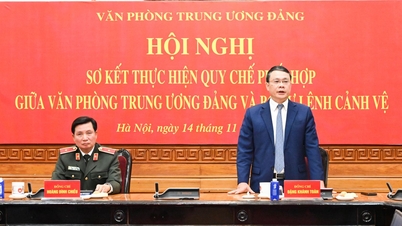

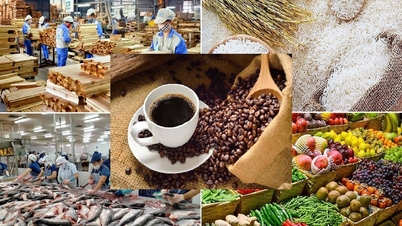

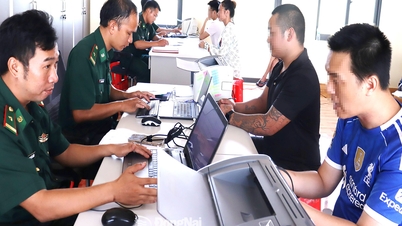




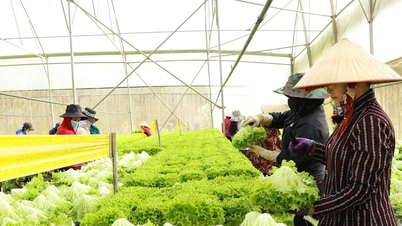












Comment (0)